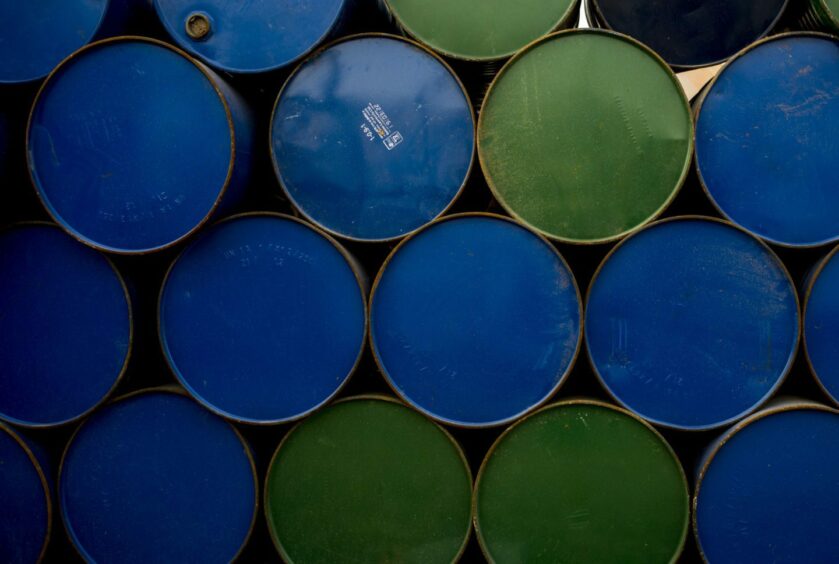
A lack of high quality oil and gas reserves could hamper the pace of decarbonisation as the energy transition gathers pace.
Research from Wood Mackenzie finds that just 28% of resources in undeveloped fields are “low-cost, low-carbon ‘advantaged’ barrels”.
With the energy transition requiring oil and gas for “decades to come”, that is a threat to emissions targets, the research body says in its “Scraping the Barrel” paper.
It could also force upstream providers to pivot towards new strategies, such as speeding up their exit from the sector.
WoodMac’s analysis concludes that in terms of overall supply, total discovered and prospective oil and gas resources are more than double projected demand in 2050.
However, truly advantaged resources, with low breakeven and emissions are anything but plentiful.
Most developed fields have little to offer, the group said, with roughly 49 billion barrels of equivalent (boe) deemed to be premium.
“We see enough advantaged resources to satisfy only about half of our base-case oil and gas demand forecast to 2050,” said Andrew Latham, vice president, energy research for Wood Mackenzie Upstream.
“Even our much lower AET-1.5 demand scenario – which lays out what is needed to achieve the most ambitious targets of the Paris Agreement by keeping emissions within 1.5 °C of pre-industrial levels and reaching global net zero by 2050 – will require some disadvantaged supply.”
With few advantaged resources in brownfields and undeveloped fields, exploration could play a key role in locating and increasing this supply, WoodMac said.
The industry discovered 228 billion boe in new fields between 2012 and 2021, with an average emissions intensity of 16 kgCO2e/boe.
That compare to a global average of 23 kgCO2e/boe.
Latham added: “We expect high-impact exploration to be an important source of new resource for as long as demand remains at or near our ETO trajectory. Recent results suggest a contribution of around 5-10 billion boe of new advantaged barrels a year. Most will be found within energy super basins. Exploration on this scale over the next two decades will add oil and gas supply of around 10-15 million boe a day by 2050.”
Scare high end resources could pave the way for decarbonisation technologies and biofuels to play an even bigger role.
Bio-based diesel and aviation fuels from plant-based feedstock could emit 80% less carbon than the crude oil-based products that dominate today’s oil market.
WoodMac projects up to 20 million b/d being possible by 2050.
“This is really a wake-up call for the industry and for the overall energy transition outlook,” said Latham.
“These are avenues that help alleviate advantaged supply pressures, but it is definitely going to be an uphill struggle.”
“We are entering an interesting period in the upstream industry. Some companies will double down and hope for less competition in the sector.
“However, many may begin or accelerate their exit from the sector to pursue low-carbon energies and renewables.
“If this is the case, security of supply may become threatened, and, unfortunately, we may see companies turning to disadvantaged resources to meet demand.”
Recommended for you

